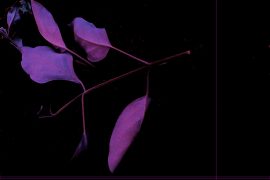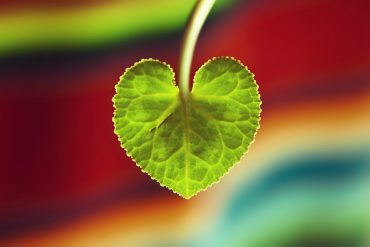Rodger shares photographs and insights on his family’s personally-produced “Garden Honey” from Madisonville, Louisiana:
You may have heard that honey bees are experiencing a lot of problems. For the past three decades scientists have observed a dramatic increase in pathogens, parasites, pests, pesticides and the still not understood Colony Collapse Disorder (CCD). All of these pose a serious threat to the health of bee colonies and consequently much of our ecosystems. We depend on bees to pollinate our plants, from humble backyard gardens to large-scale commercial producers.
The good news is beekeeping is on the rise. More than ever it seems there is great interest in keeping bees as a hobby. It’s something that my own family is now participating in. Over the past year we have kept four hives, around 250,000 bees, in our garden. Most of the work is done by my dad, but when it is time to harvest the whole family gets involved. I’d love to share with you a little about our process of extracting the honey.
A Visual Tour of a Honey Harvest
Step 1: Collect the Frames
The process begins with the hive. After sedating the bees with the smoker, the box containing the honey is removed. There are usually a few bees left inside the box, which are gently brushed away.
Step 2: De-Cap

Each box contains 10 frames of honeycomb. Each frame is removed and de-capped, which involves carefully removing the wax that seals each cell. Once the whole frame is de-capped, it is placed in the extractor.
Step 3: Centrifuge
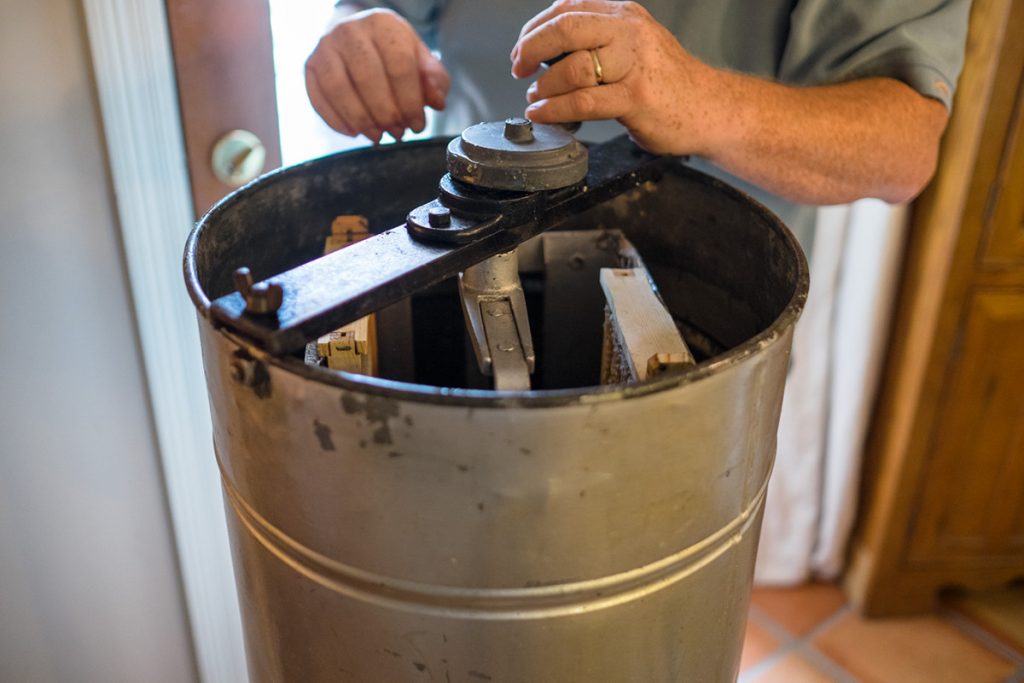
The extractor is essentially a centrifuge, which applies centrifugal force to remove the honey from the comb. The honey pools at the bottom.
Step 4: The Sieve
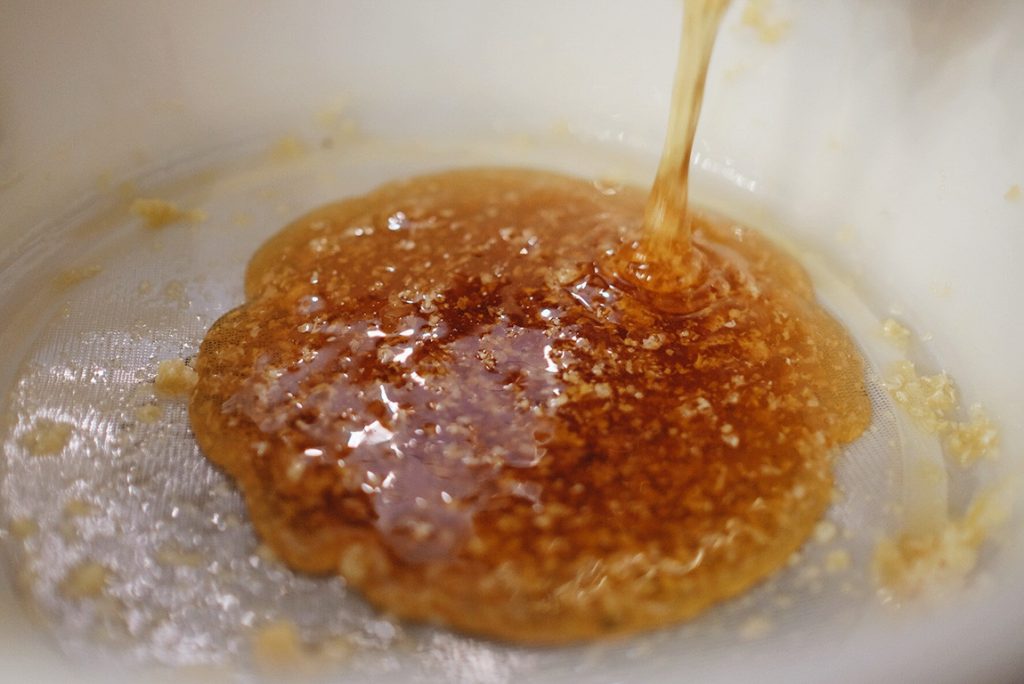
Once all the frames are extracted, the honey is let out through an opening of the extractor, and is allowed to pass through a sieve to remove larger debris.
Step 5: Raw and Unfiltered
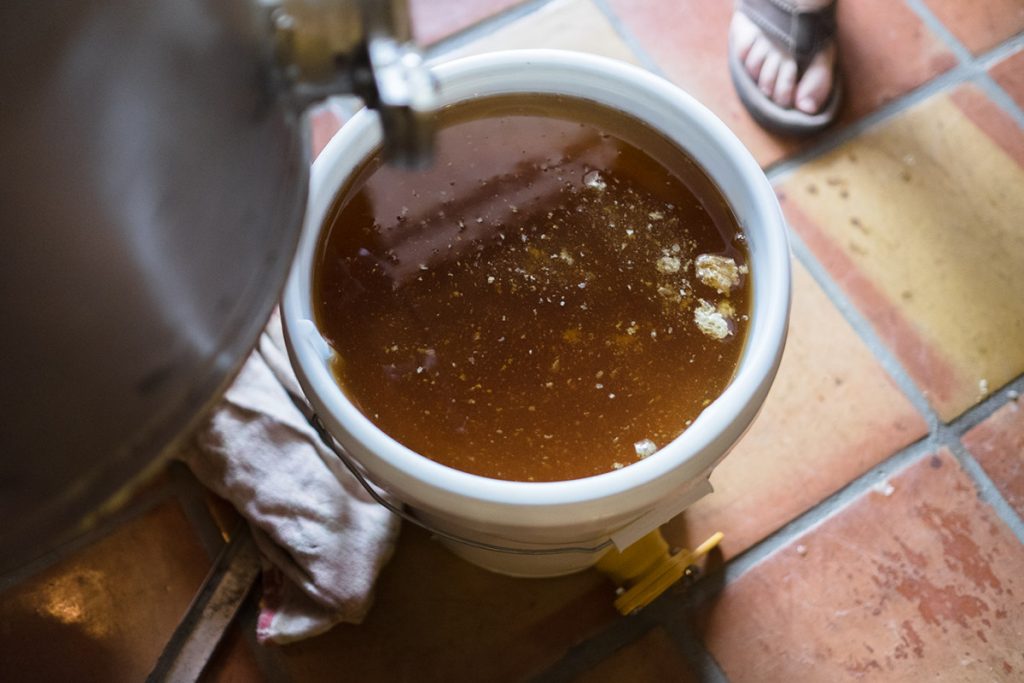
Our honey is considered raw and unfiltered, meaning that we do as little to alter the honey as possible.
Step 6: Bee’s Wax Candles Anyone?

The wax debris is collected and can be used for a variety of purposes, like making candles.
Step 7: Packaging

The honey is then poured into the individual jars. Each jar is then given a label designed by my little sister, Naomi Rodger.
Step 8: Taste and See
The final step is a personal favorite. The beautiful thing about locally produced honey is that, depending on the season and the location where the honey was made, the color and flavor can change significantly. Earlier batches might have more botanical elements and a lighter color. Our current batch of honey has a slightly darker hue and an amaretto finish.
If you are curious about how you can get started in beekeeping, search for a local beekeeping society in your area. They’ll help you get registered and teach you everything you’ll need to know to start your very own hives.


